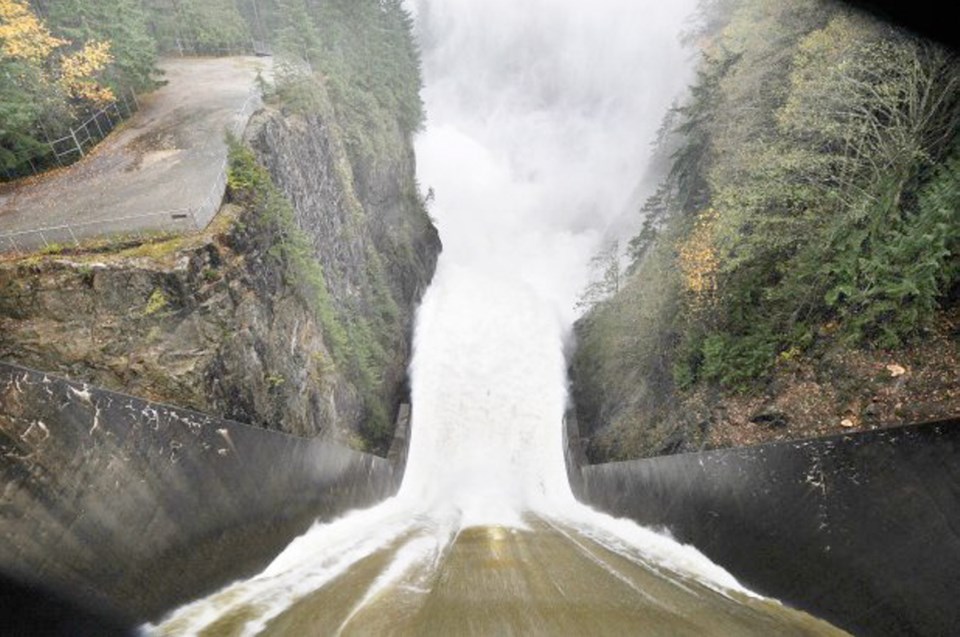Warm tropical rains and above-average temperatures left much of B.C.’s South Coast without a winter this year, but experts are wagering a lack of snowpack won’t mean water shortages this spring and summer.
“We’re actually in really good shape for this time of year and we don’t expect any concerns at all for being full for the start of the summer season,” said Marilyn Towill, division manager of water services transmission operations at Metro Vancouver Regional District.
Metro Vancouver manages the Coquitlam, Seymour and Capilano watersheds, which span about 60,000 hectares and provide water to more than 2.3 million Metro Vancouver residents, roughly half of B.C.’s population.
Towill said it’s too early to make predictions for the summer water supply, but reservoir levels are “typical for this time of year” and a few big rainfalls should bring them up to 100 per cent by May.
“The rain events are particularly important,” Towill said.
“The snow acts more as a slow release, kind of that buffer that sits there and gives us that slow melt that replenishes our storage reservoir in the late spring, early summer”
A monthly bulletin from B.C.’s River Forecast Centre (RFC) highlighted how higher-than-normal temperatures in January meant rainfall, not snow, was the dominant form of precipitation for mid-elevation terrain.
RFC data from Feb. 1 showed “extremely low” snowpacks throughout Vancouver Island and southwestern B.C., including the Lower Fraser and South Coast snow basins.
That doesn’t mean the snowpack’s a lost cause, according to RFC hydrologist Tobi Gardner.
“There is still a fair bit of time between now and the end of the peak accumulation period, so let’s hold tight,” Gardner said.
“A lot can change, snowpack-wise, in a short period of time. Last year, in March, that’s when the biggest changes occurred. The snowpack bumped up from roughly 10 to 20 per cent on the South Coast and Lower Fraser between March 1 and April 1.”
RFC data shows most of the province was experiencing “near-normal” and “slightly below normal” snowpacks by Feb. 1 this year.
Years with below-average snowfall could become more common as the climate warms, said Markus Schnorbus, lead of hydrologic impacts for the Pacific Climate Impacts Consortium.
“I can’t take any one year of an anomalously low snowpack and confidently contribute it to climate change — it could be related to a number of factors, but ... our research suggests as the climate gets warmer, this would be something that would potentially occur more often,” Schnorbus said.



